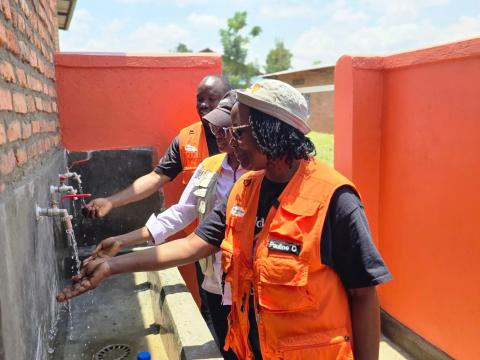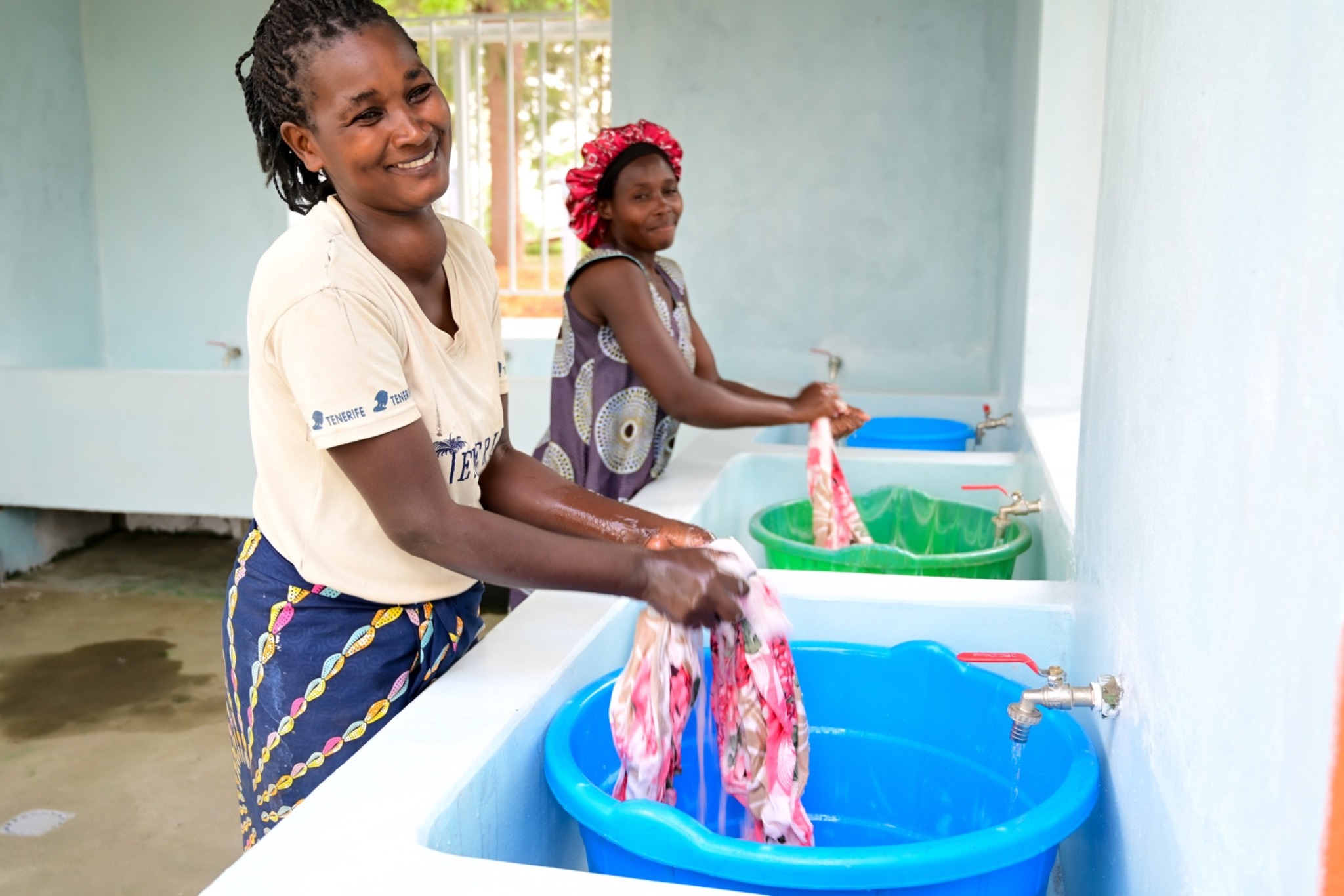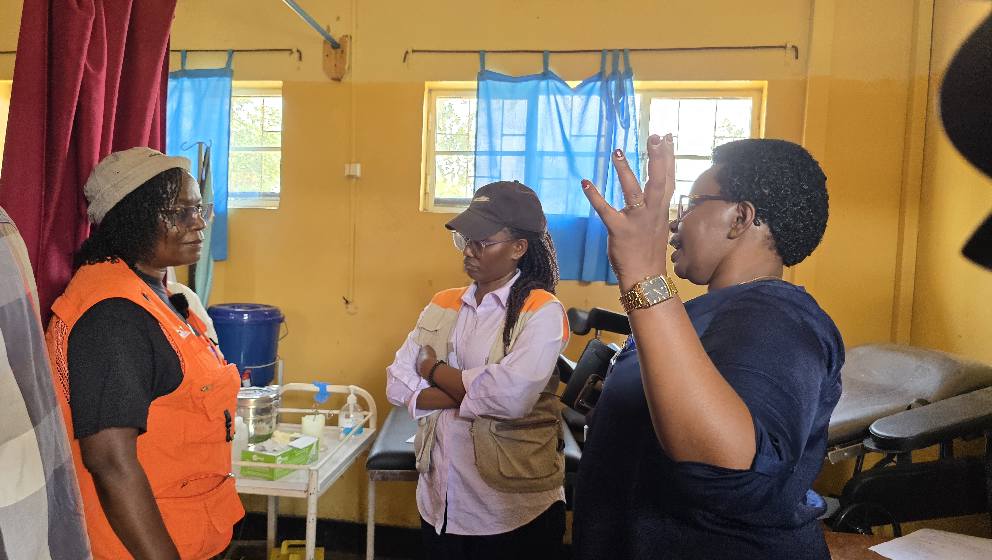Turning the tide as water access transforms healthcare facilities in Rwanda

Her face lit up with joy when we met her, a reflection of the relief and hope she now carries. Sister Wihogora, head of Matimba Health Center, shared how she had knocked on every door possible, asking for a reliable water supply. “I even reached a point where I could no longer include this in our annual action plan because it seemed futile after several attempts,” she recalled.
A long struggle for Water
Since its establishment in 2003, Matimba Health Center had faced the daily challenge of operating without a reliable water supply. An underground rainwater tank was their only source, but it was seasonal and eventually broke down. Staff relied on rainwater when available, and when it ran out, they had to buy water in jerrycans, often unclean and requiring filtering before use.
In 2017, the facility received water for the first time, but it was irregular, sometimes only once or twice a week, and there were stretches of a whole month without any supply. Sister Wihogora recalls the strain this put on her and her patients.
“Without reliable water, it was a challenge for patients to bathe as needed or for the facility to do laundry. Sometimes we even asked patients to bring their own water. I worried constantly about the mothers in maternity, who need proper hygiene during the childbirth period. It was heartbreaking and weighed heavily on my heart.”

Multiple challenges were compounded. Water scarcity was only part of the problem. The maternity ward was tiny, with only two delivery beds, often forcing pregnant mothers to share space with postpartum patients. Latrines were few and lacked running water, leading to long queues and hygiene concerns. Laundry, essential for infection control, was a constant struggle.
Today, Sister Wihogora’s joy is evident because of the life-changing transformation. Thanks to the World Vision USA-funded WASH project, Matimba Health Center now has a constant and reliable supply of clean water. Mothers can bathe, laundry is manageable, and health workers maintain proper hygiene. Latrines are fully functional, and a new, spacious maternity ward ensures mothers have a clean and dignified environment to deliver their babies.
“It gives me so much joy to walk around the wards, and feel their freshness and cleanliness. Pregnant and new mothers sleep in a hygienic maternity, laundry is fresh, and healthcare workers have enough water to do their work. Seeing people wash their hands with clean water after using the latrine. It’s a joy to witness. Thanks to World Vision and the Government of Rwanda for making this a reality,” she shared.

Matimba Health Centre serves between 2,000 - 3,000 patients a month.
Extending the Impact to Ntoma Health Center
Ntoma Health Center experienced similar challenges. Relying on rainwater, lacking proper latrines, and without a designated laundry area, operations were extremely difficult.
According to Mugisha, head of Ntoma Health Center, before the project, the facility relied on rainwater, struggled with inadequate latrines, and had no proper laundry area. Today, Ntoma has constant clean water, proper laundry facilities, and new latrines. The borehole not only serves the health center but also benefits the surrounding community, including a school, an ECD center, and a milk collection point.
“Through World Vision’s support, our patients and staff are happier and healthier. Hygiene and sanitation have improved, and infections are reduced. Our whole community benefits,” Mugisha said.
Originally planned for 14 facilities, the project now reaches 18 health centers, extending interventions to maternity wards, laundries, and incinerators. The result is a transformed healthcare experience in Nyagatare among other districts in Rwanda, ensuring better hygiene, improved patient care, and a healthier future for communities.
By Maria Kaitesi, Communications and Marketing Manager